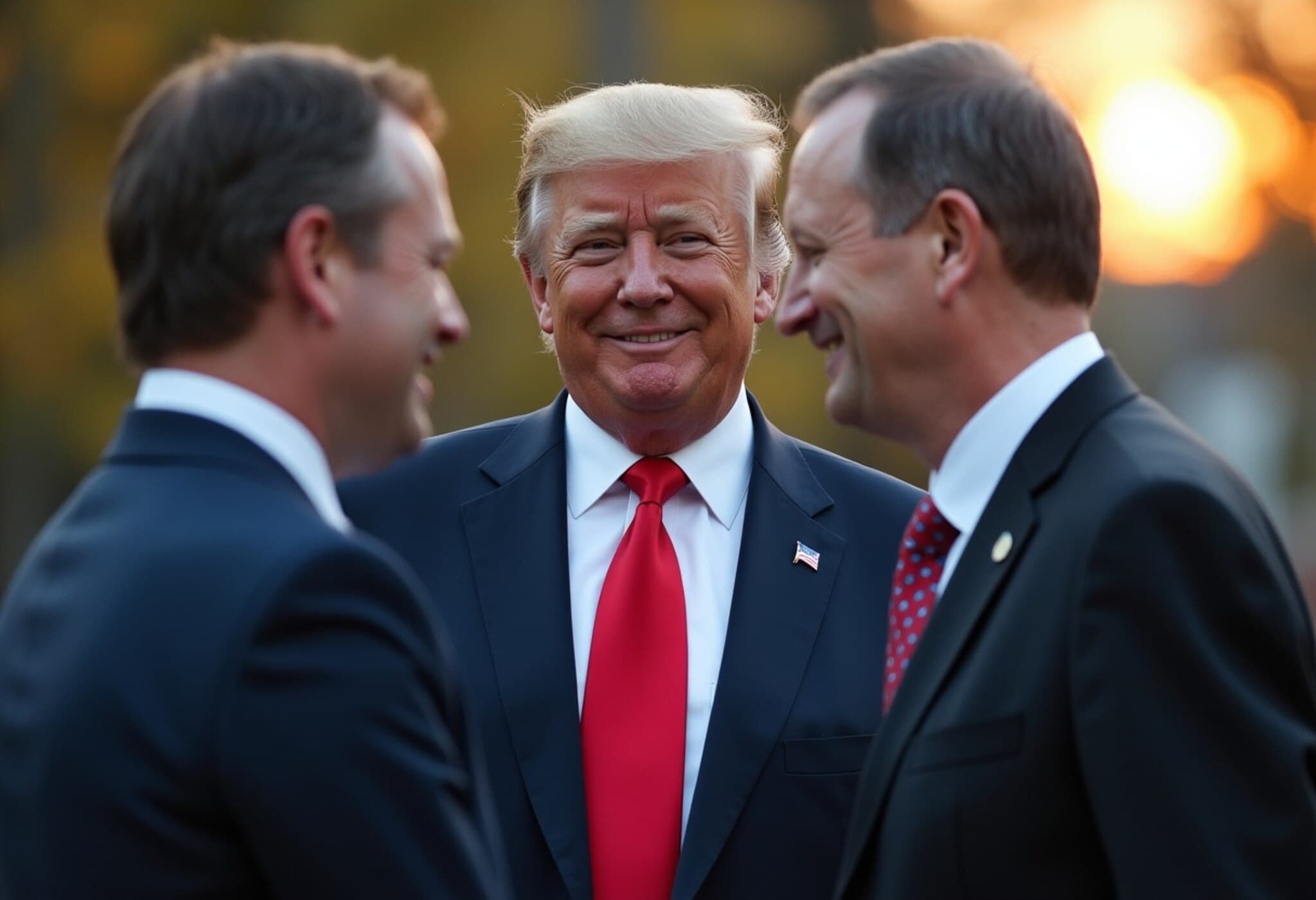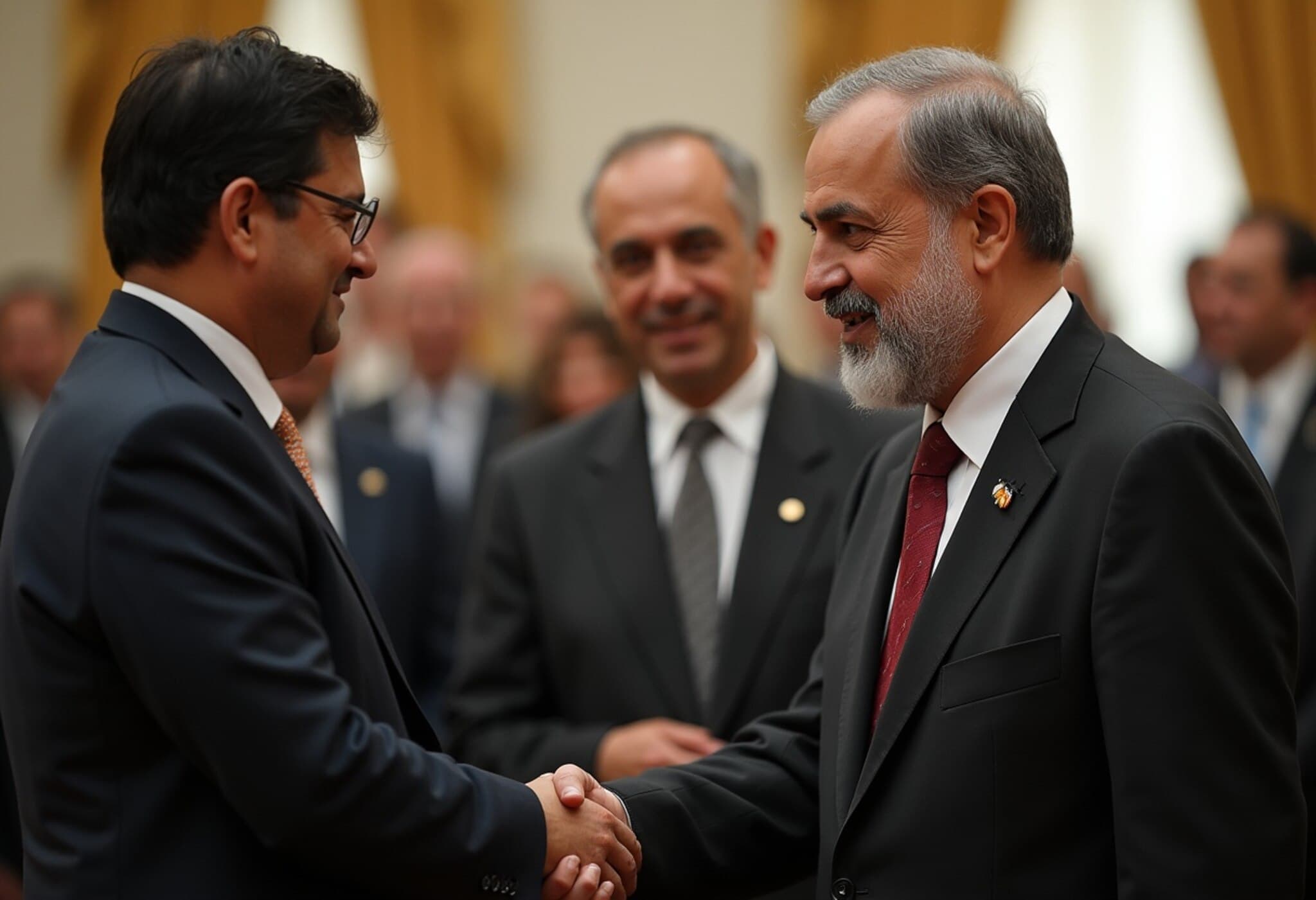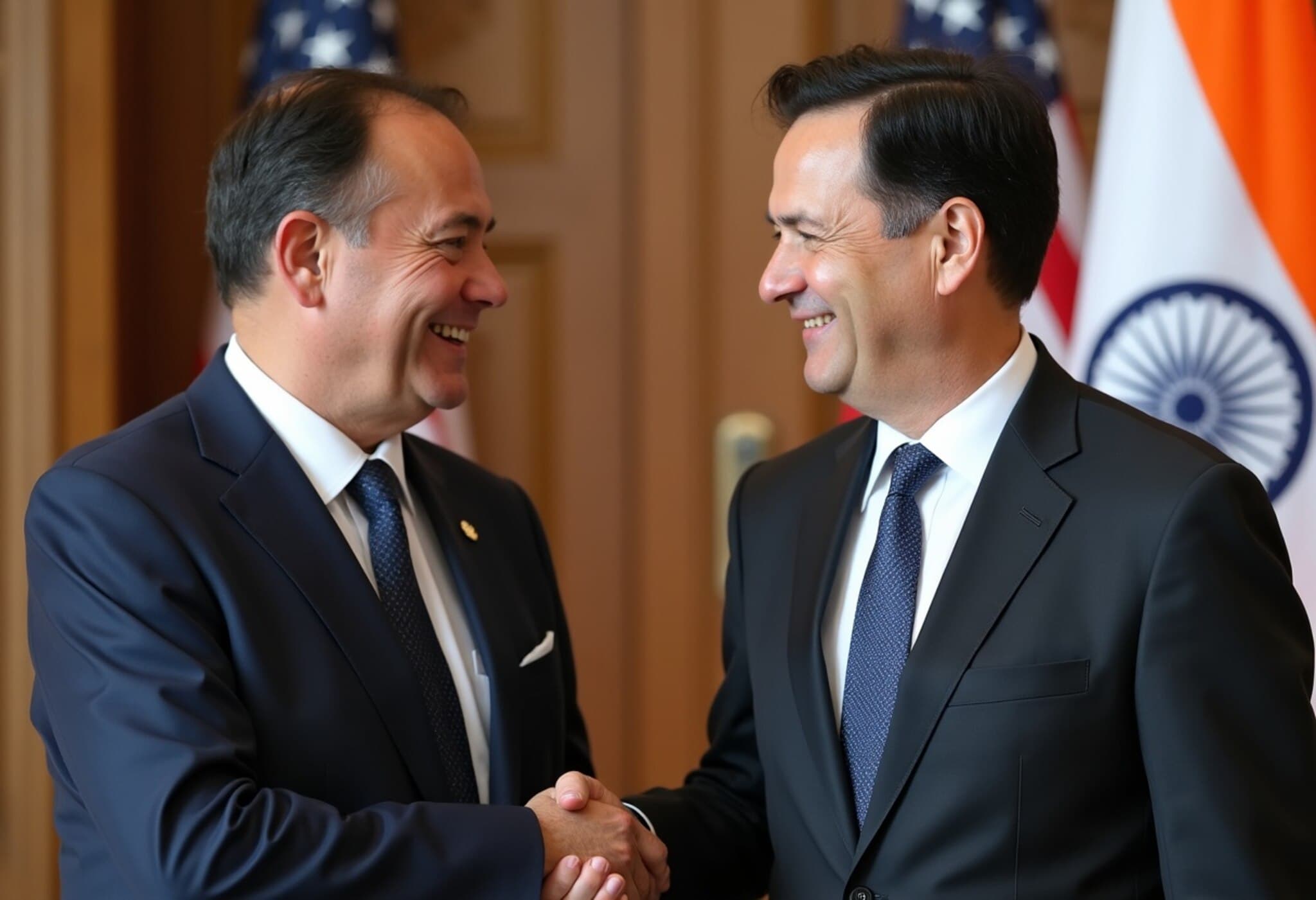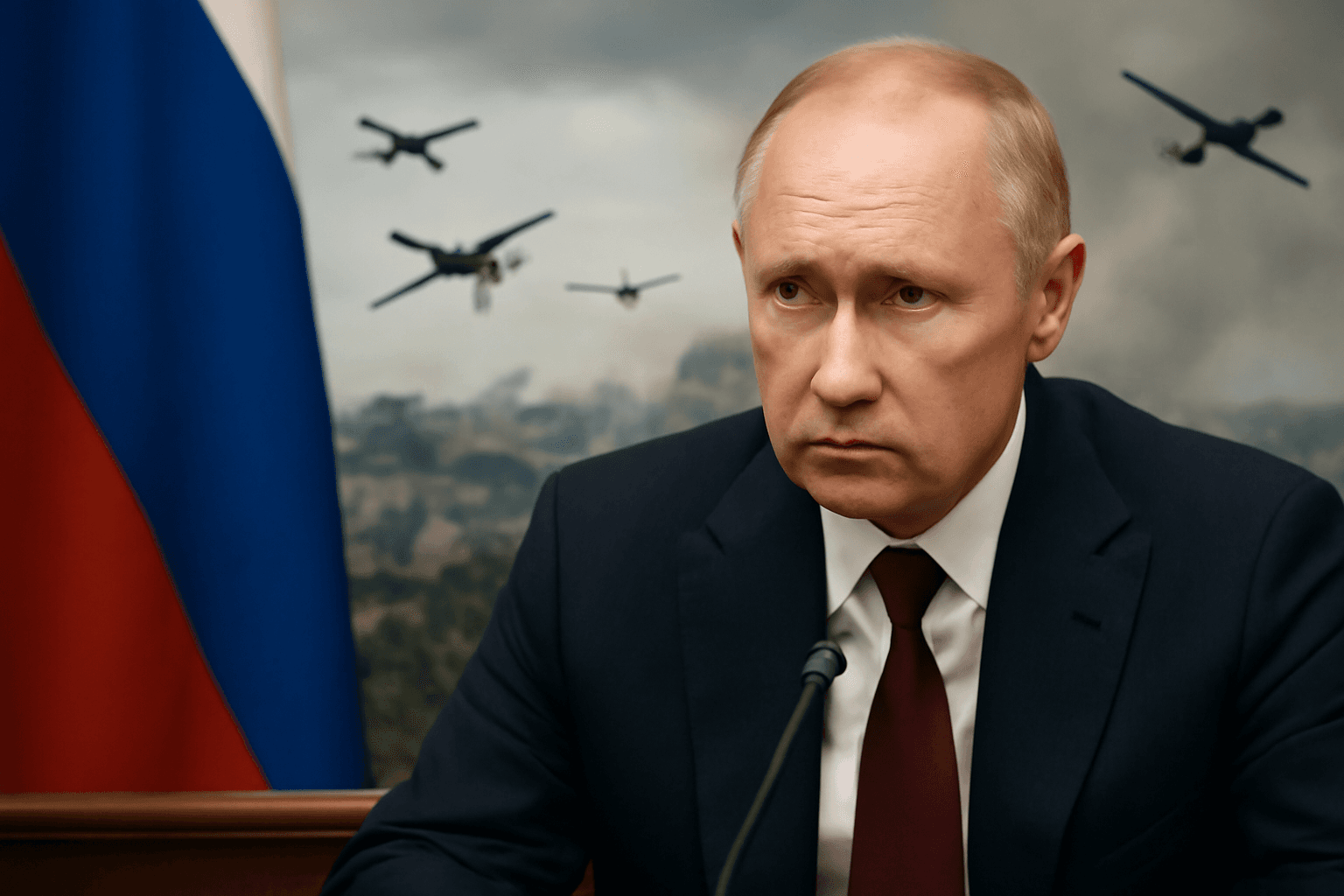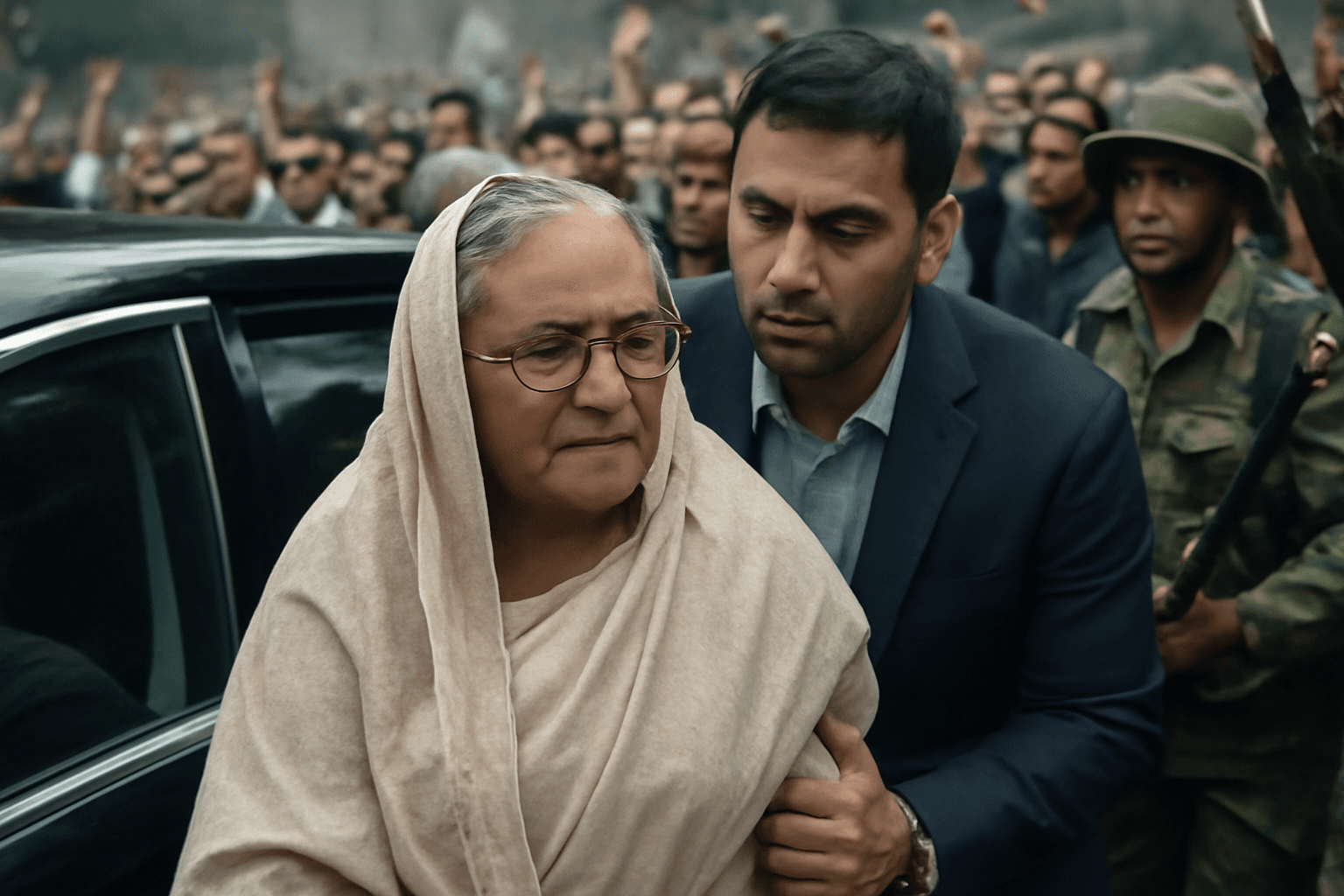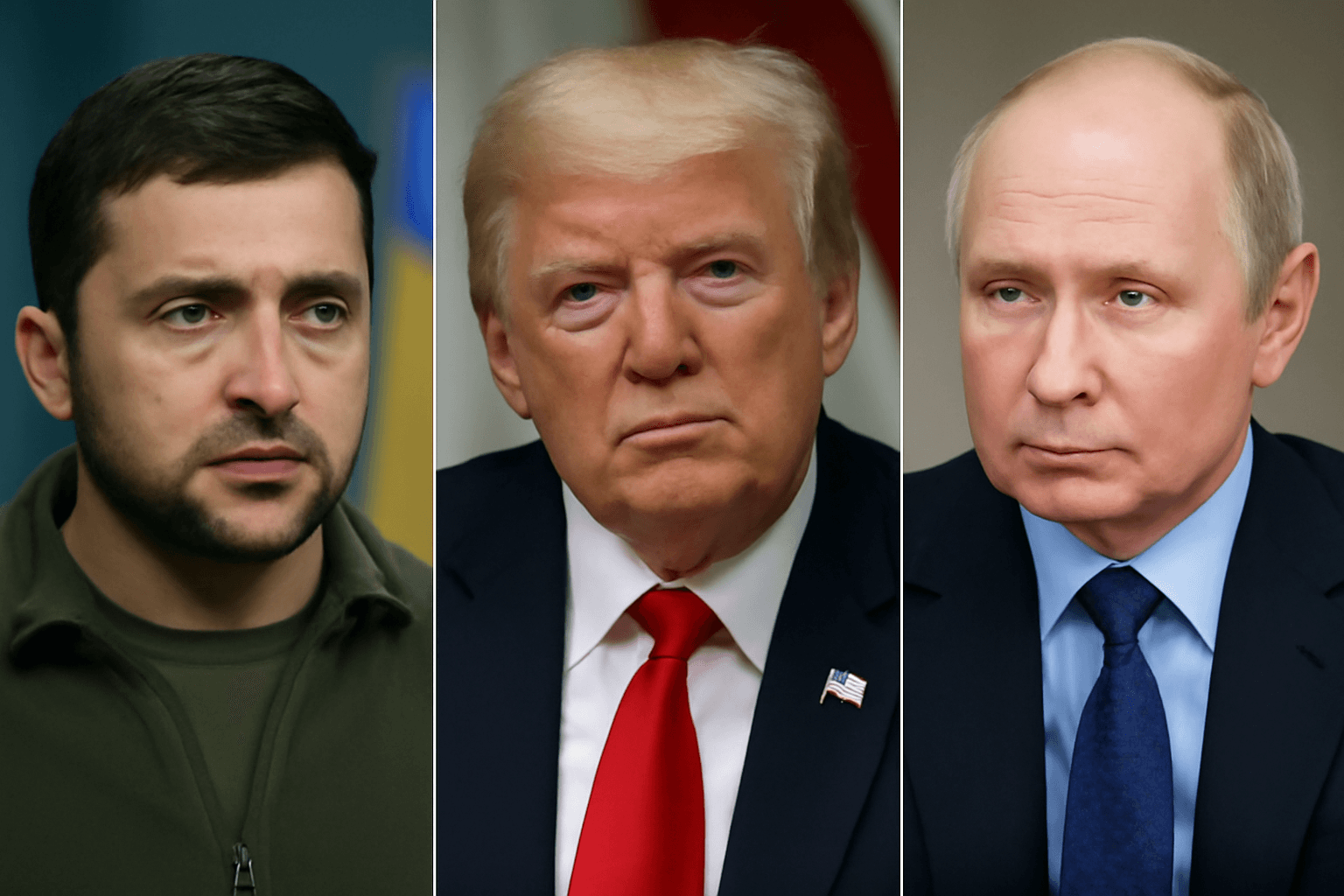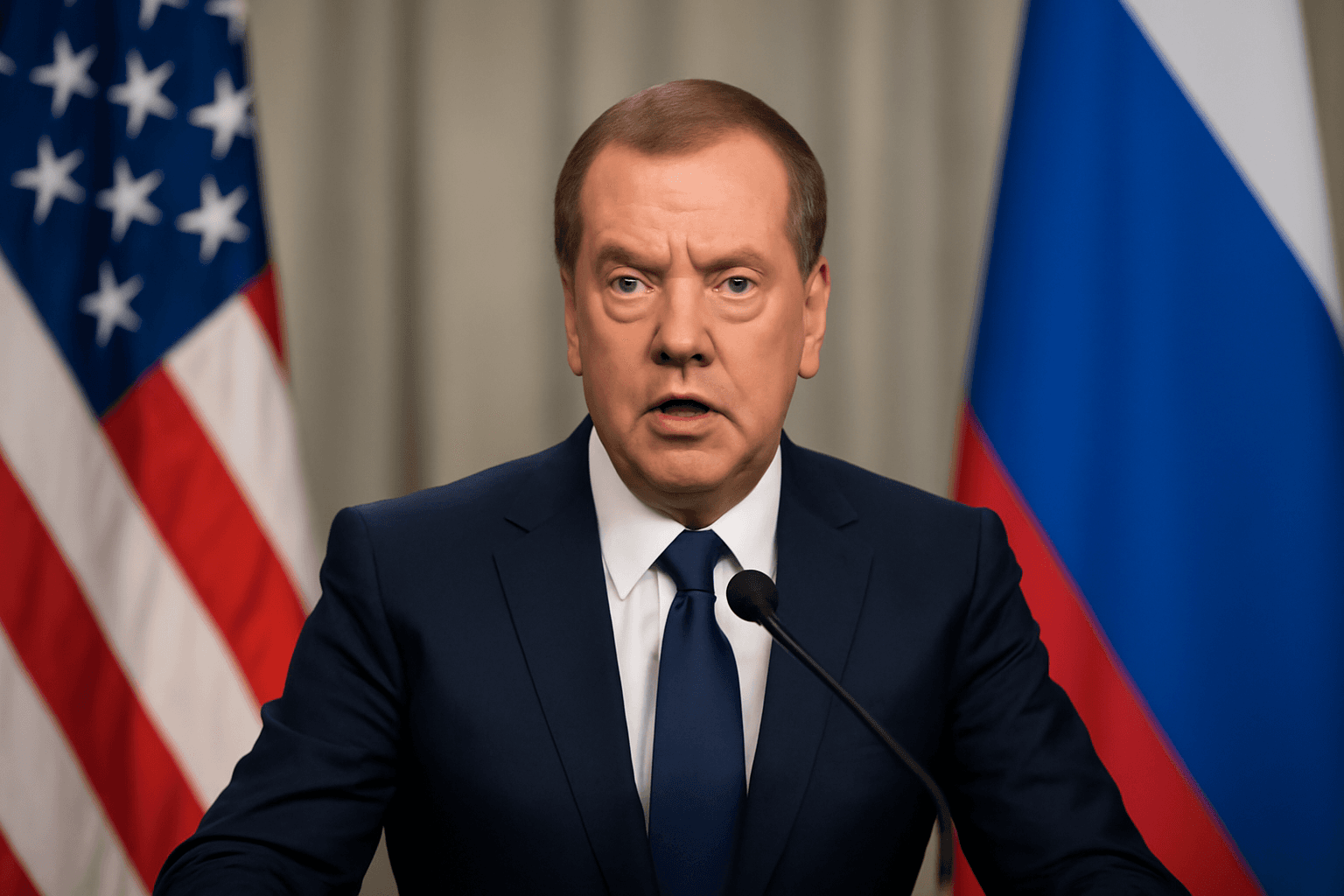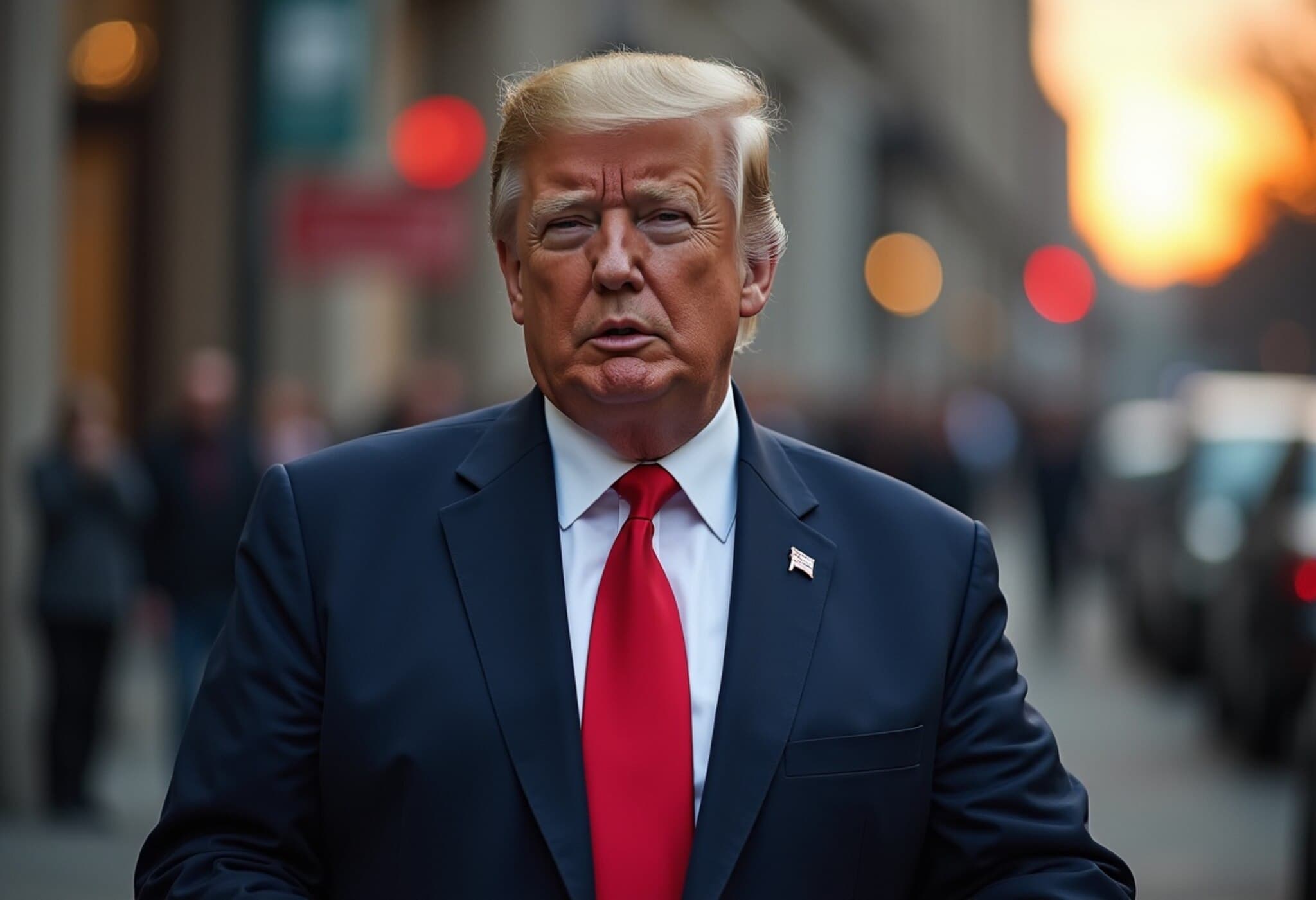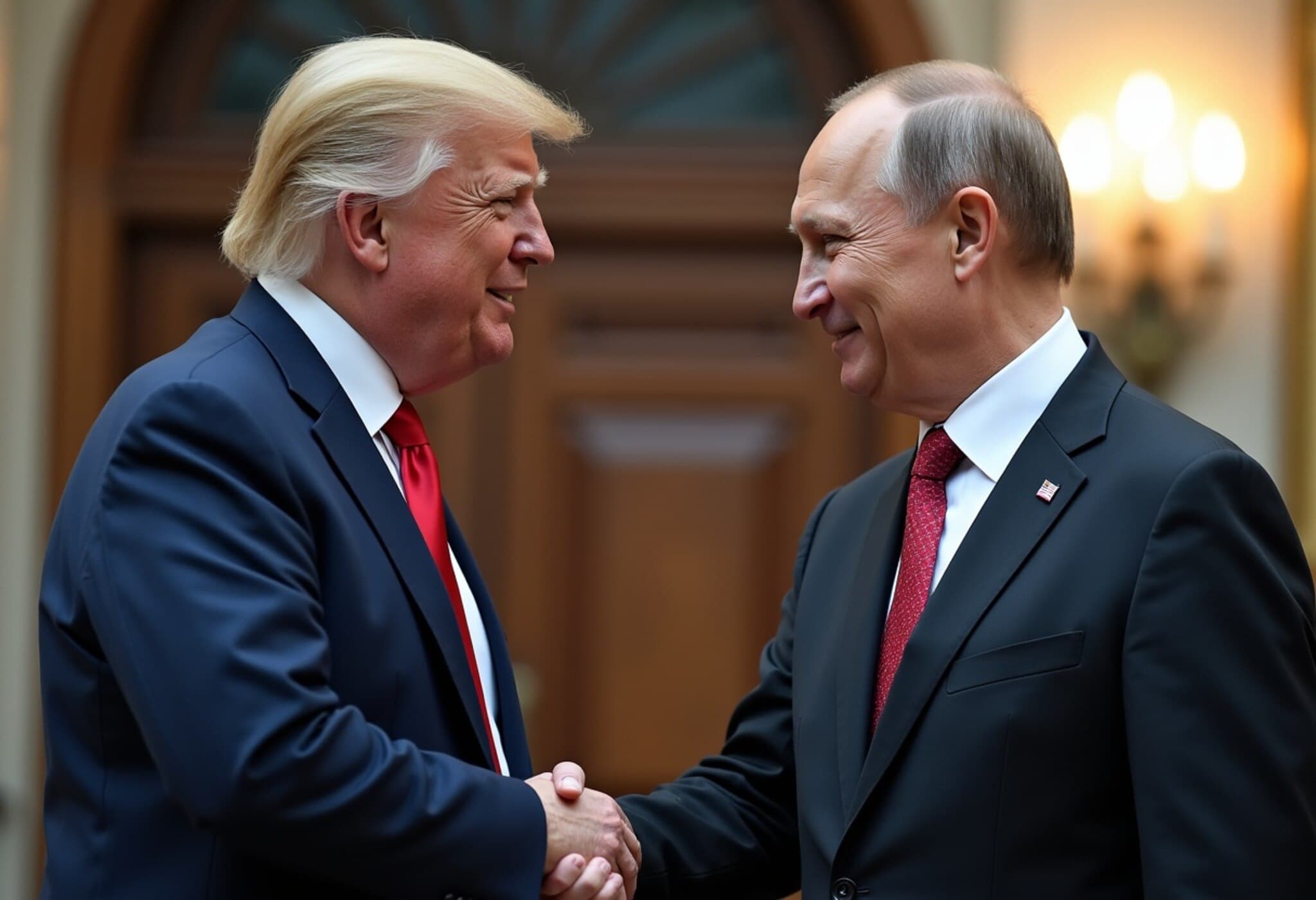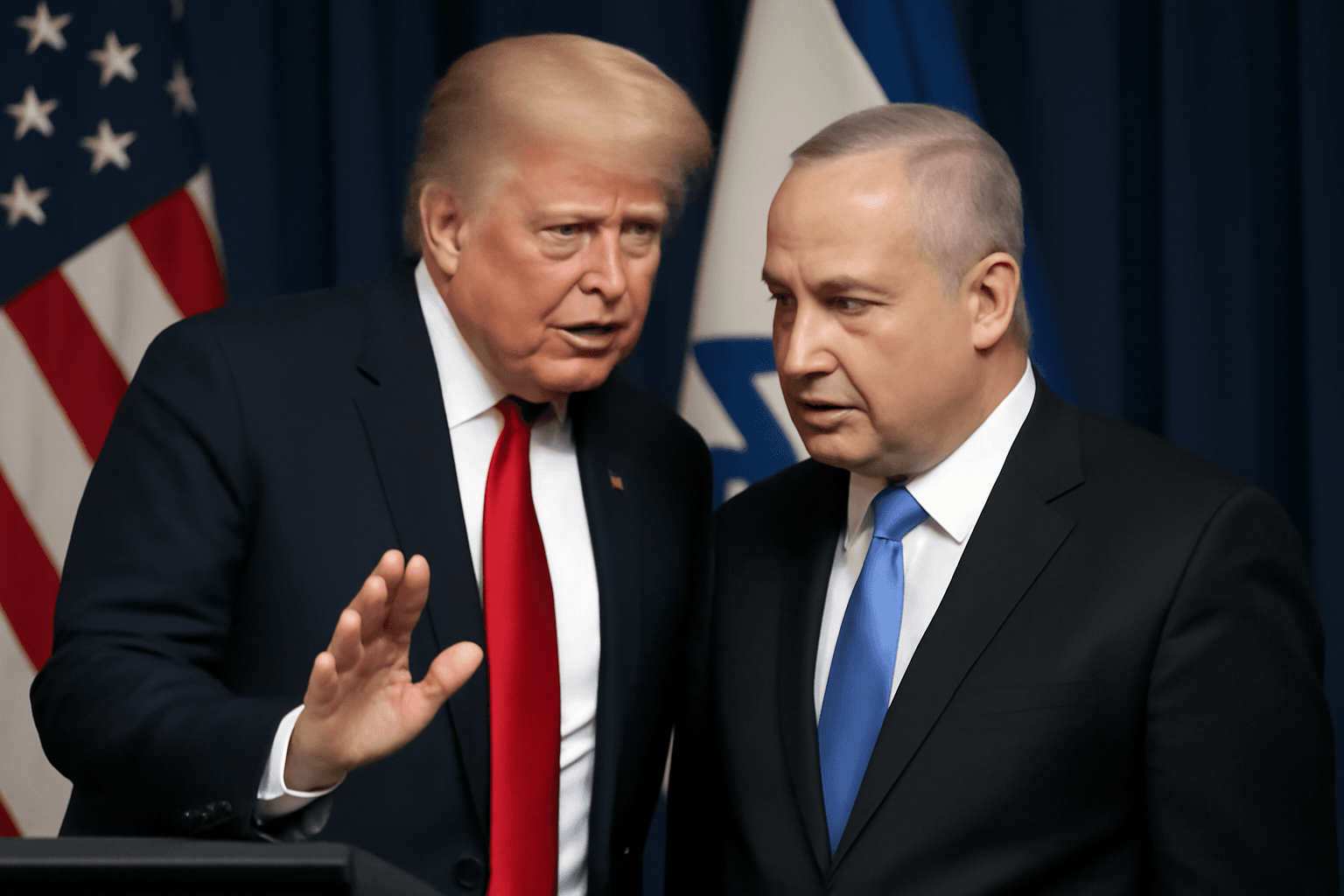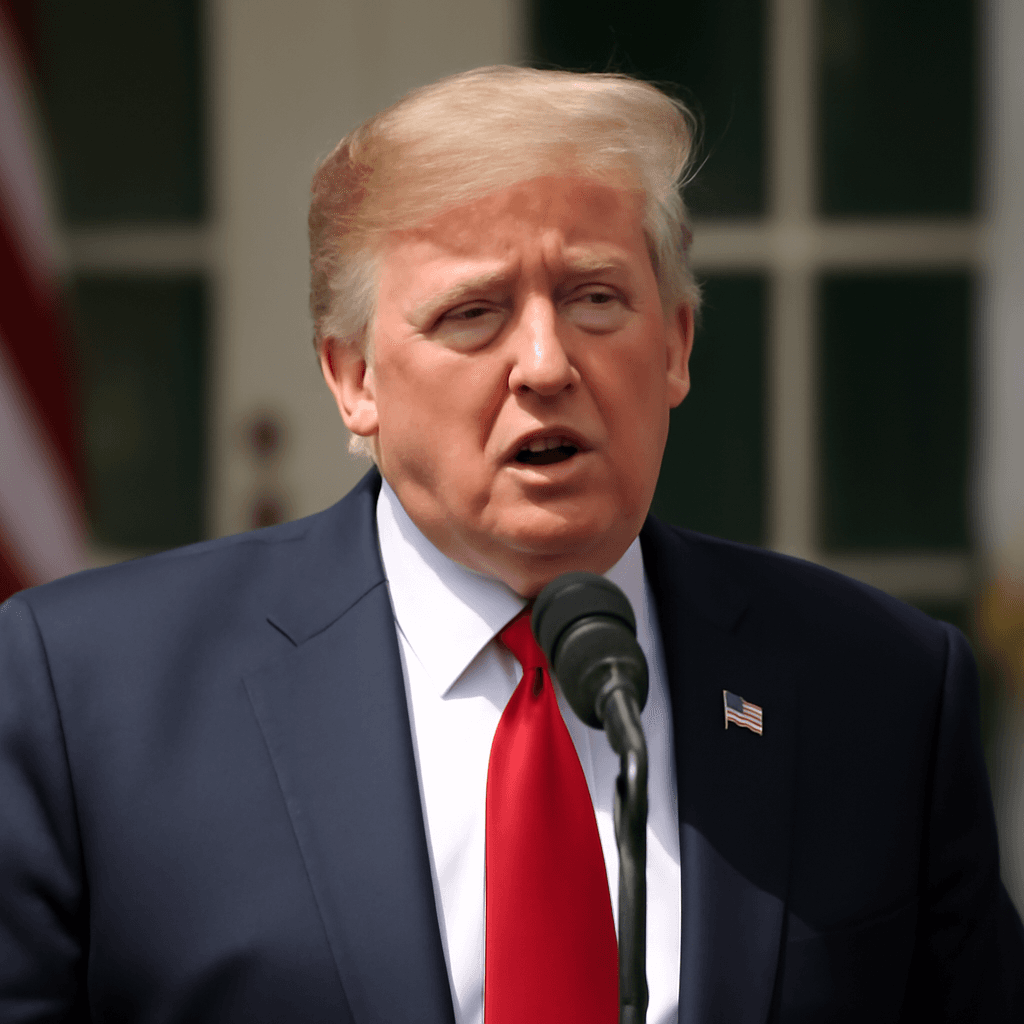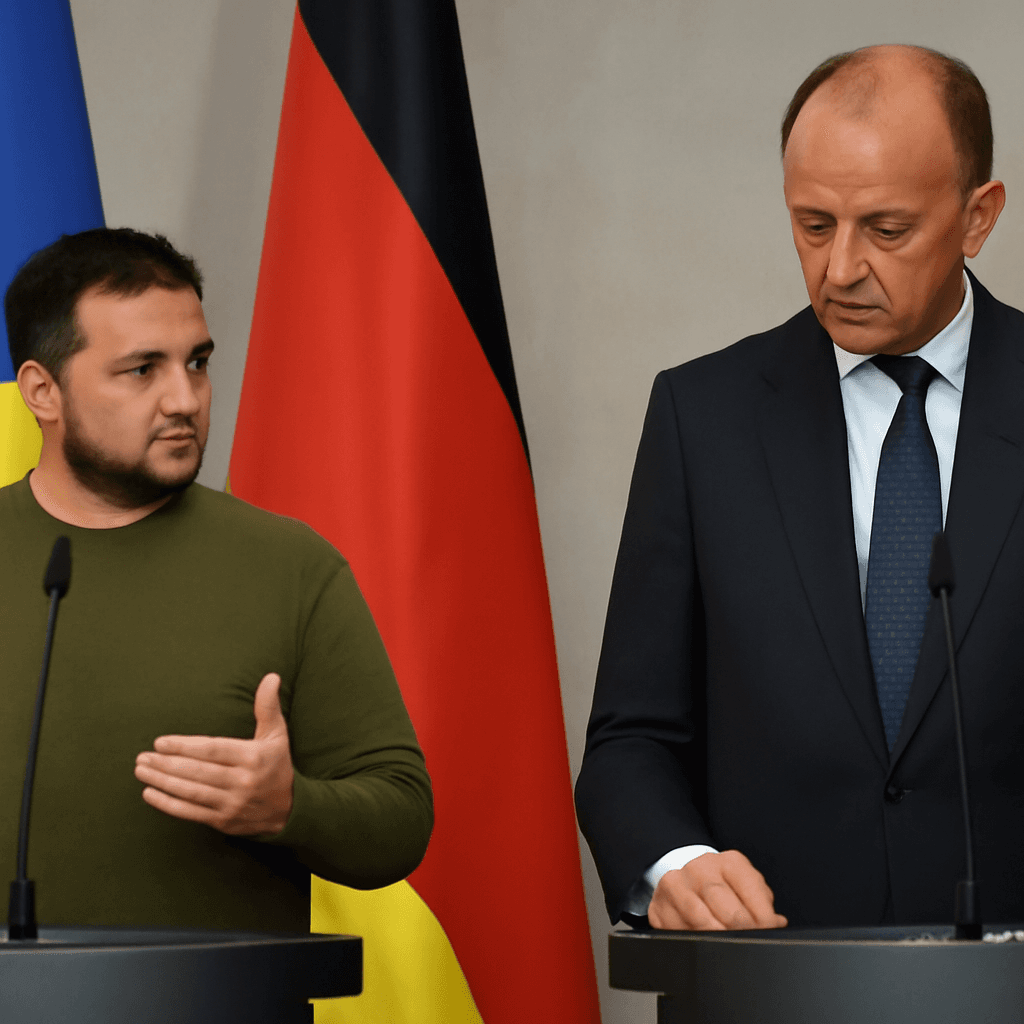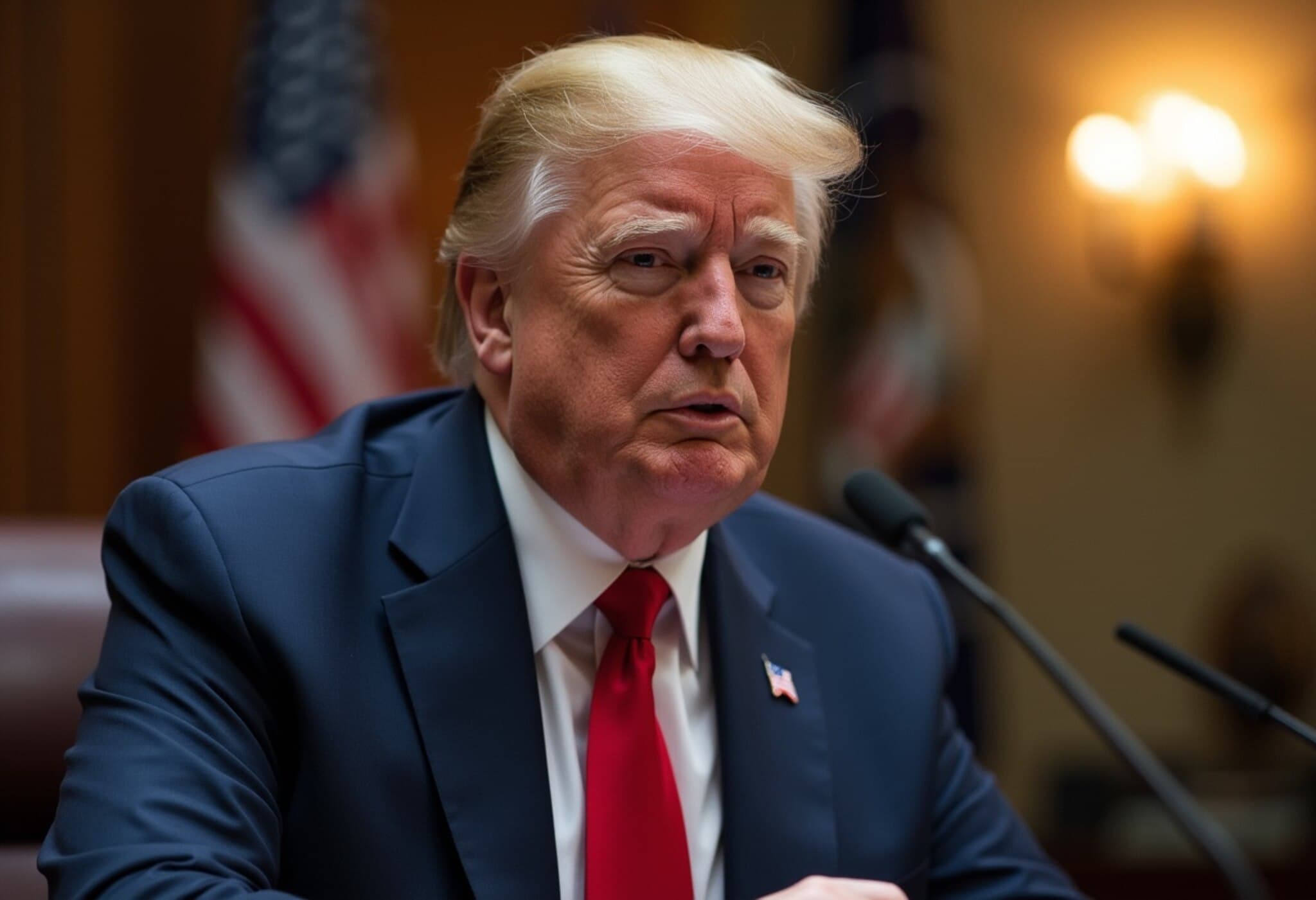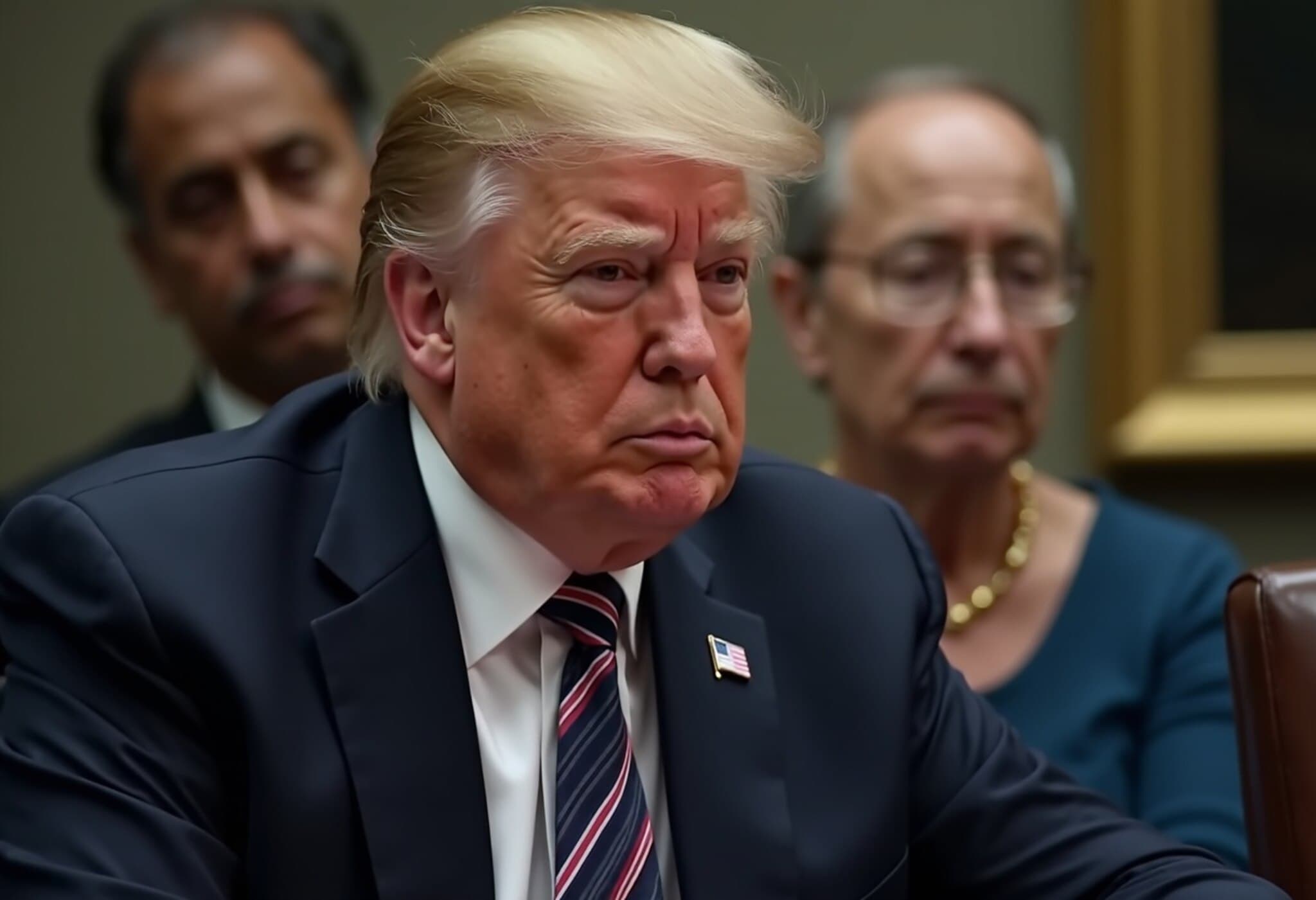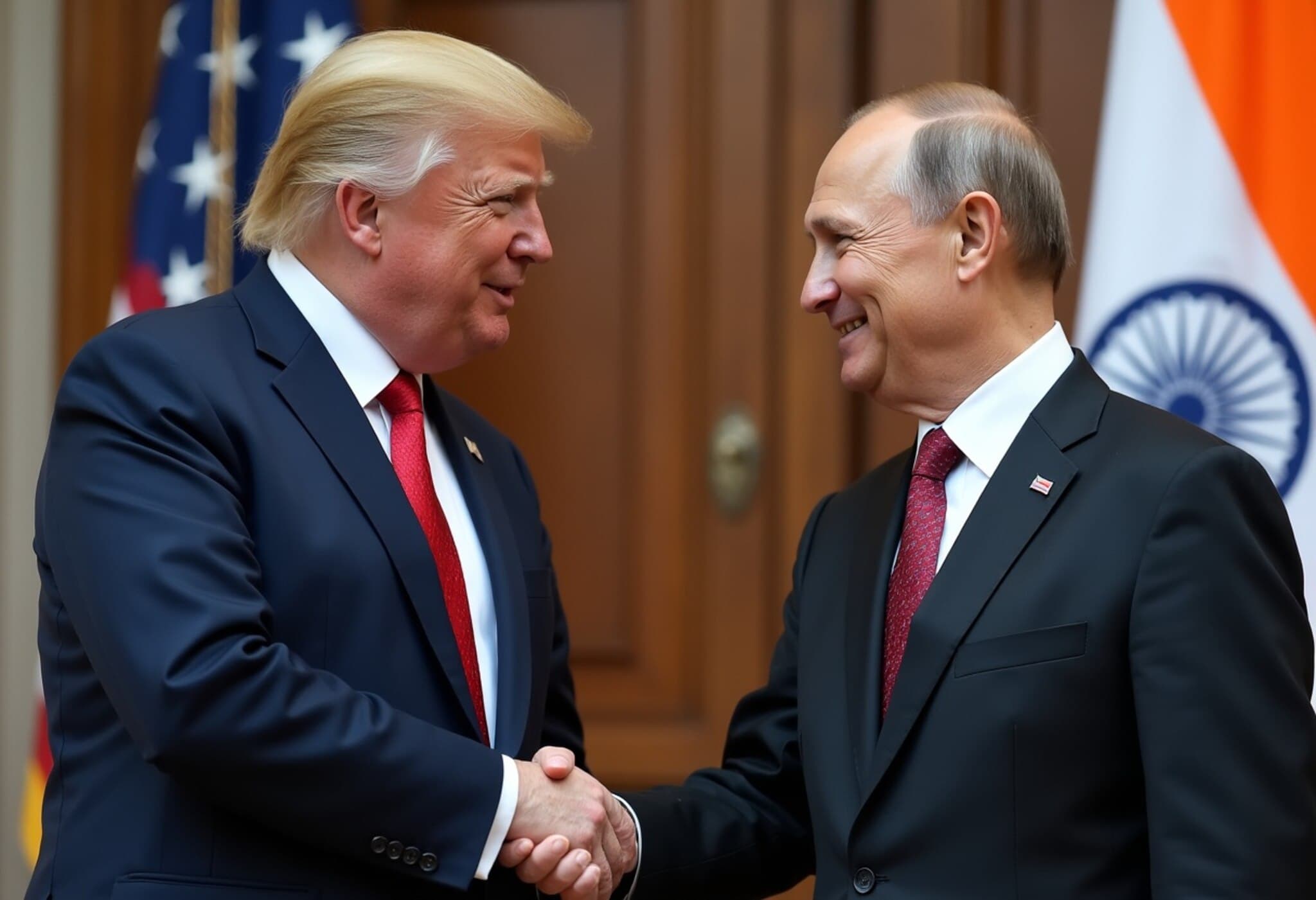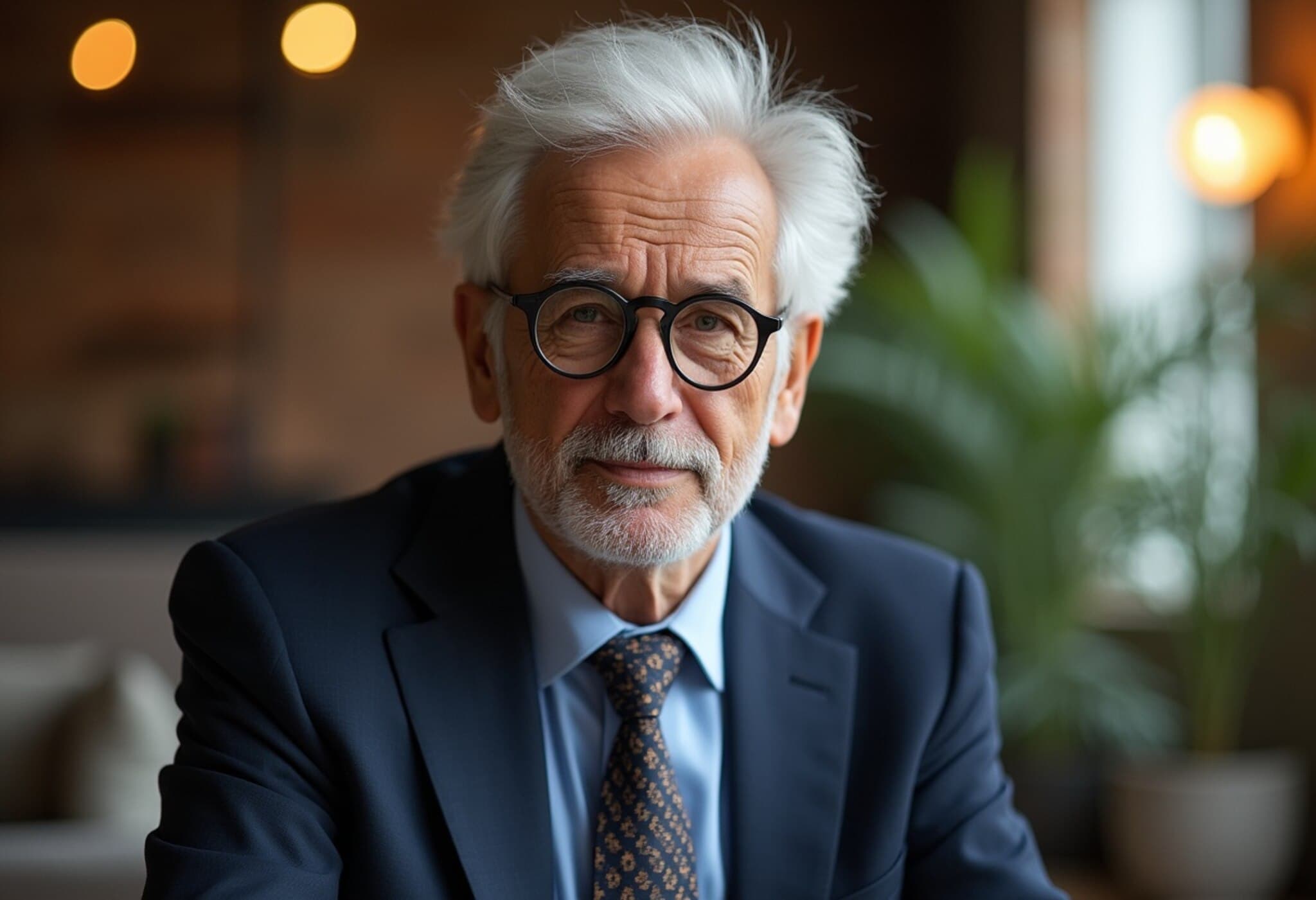Trump Advocates Direct Peace Agreement as Only Solution to Russia-Ukraine War
In a significant development following his summit with Russian President Vladimir Putin, former US President Donald Trump emphasized that only a direct peace agreement between Russia and Ukraine can effectively end the devastating war, dismissing ceasefire deals as temporary and unreliable.
Three Hours of Talks Yield No Ceasefire Breakthrough
Despite a lengthy three-hour discussion at a summit in Alaska between Kremlin and White House leaders, no immediate ceasefire was agreed upon in the conflict that has tragically claimed tens of thousands of lives and wrought widespread destruction across Ukraine.
Trump, speaking shortly after returning to Washington via Air Force One, described the meeting with Putin as "a great and very successful day in Alaska". He also highlighted follow-up communications with Ukrainian President Volodymyr Zelenskyy and key European leaders, including NATO's Secretary General, during what appeared to be a determined diplomatic push to find common ground.
Why a Peace Agreement, Not a Ceasefire?
Trump underlined that the parties agreed a comprehensive peace deal would be far superior to ceasefire agreements, which have often been short-lived and prone to violations in this conflict and others throughout history.
“The best way to end the horrific war … is to go directly to a Peace Agreement, which would end the war, and not a mere Ceasefire Agreement, which often times do not hold up.”
This stance reflects ongoing challenges in conflict resolution where superficial pauses in fighting rarely address core disputes, leaving the door open for renewed hostilities.
Next Steps: High-Stakes Diplomacy
Following the summit, President Zelenskyy confirmed plans to meet Trump in Washington this Monday, marking an unusual direct line of communication between Kyiv and Washington with hopes to broker progress.
Trump further hinted at a potential three-way meeting including Putin, signaling a bold diplomatic sequence that could reshape the war’s trajectory—if successful.
“If all works out, we will then schedule a meeting with President Putin. Potentially, millions of people’s lives will be saved.”
Continued Violence Casts Shadow Over Talks
Meanwhile, the war's brutal reality remains evident on the ground. Ukraine reported that during the prior night Russia launched 85 attack drones alongside a ballistic missile assault, while Moscow claimed to have seized two additional Ukrainian villages.
These ongoing hostilities underscore the urgent need for viable peace mechanisms but also the immense difficulty of achieving them.
Zelenskyy Endorses Trump’s Trilateral Proposal
In a rare concurrence, President Zelenskyy publicly supported Trump’s call for a trilateral meeting, emphasizing that critical negotiations between the three leaders could pave the way for a meaningful resolution.
“We support President Trump’s proposal for a trilateral meeting between Ukraine, the USA, and Russia. Ukraine emphasizes that key issues can be discussed at the level of leaders, and a trilateral format is suitable for this,” Zelenskyy stated on social media.
Expert Analysis: Navigating Complex Diplomacy Amid Conflict
International relations experts note that while ceasefires often provide short-term relief, durable peace requires addressing deeply rooted political and territorial disputes.
Trump’s push for a direct peace treaty taps into long-standing frustrations with the cycle of violence and failed interim agreements. However, skeptics caution that without concrete concessions and guarantees enforceable by the international community, such talks may struggle to produce lasting outcomes.
Given the immense human toll and geopolitical stakes—especially for the US balancing support for Ukraine with managing relations with Russia—any breakthrough would mark a pivotal moment in 21st-century diplomacy.
Looking Ahead: The Stakes for America and the World
- Peace Prospects: A successful trilateral summit could fast-track conflict resolution and stabilize Eastern Europe.
- Humanitarian Impact: Millions displaced and affected by war would benefit from a cessation of hostilities.
- Geopolitical Balance: The US role as mediator reflects its broader strategy to counter Russian influence without escalating direct involvement.
Challenges Remain
Despite optimism, skepticism persists amid conflicting narratives from Moscow and Kyiv, continued military operations, and geopolitical distrust.
The question remains whether the proposed trilateral talks can overcome entrenched animosities, or if history will repeat itself with temporary agreements soon unraveling.
Editor’s Note
As the world watches the unfolding diplomatic efforts between Russia, Ukraine, and the United States, one critical question arises: can a direct peace agreement transcend the cycle of violence long perpetuated by failed ceasefires? This moment offers a unique window for leadership and courage on all sides—but the path to peace will demand transparency, compromise, and concrete action well beyond words exchanged in summit rooms.
For US policymakers and citizens alike, the outcome of these talks carries profound implications not only for global stability but also for America’s strategic role in shaping a peaceful international order in the years ahead.

